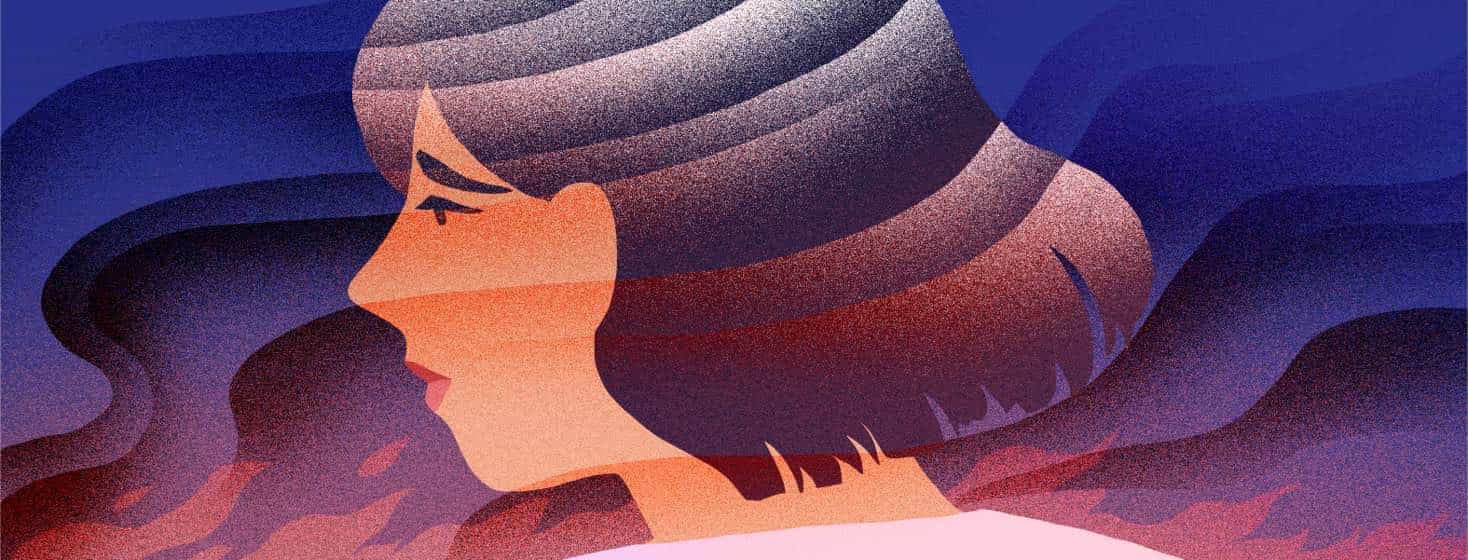How to Deal with Wildfire Smoke and Chronic Dry Eye
Wildfire smoke poses health problems for many people. Among them are those with eye ailments such as chronic dry eye. If you have chronic dry eye, the insight below can help you deal with the effects of wildfire smoke.
What's feeding the blazes
Wildfires are concerning for people with chronic dry eye because more fires are raging across wildlands in the United States and elsewhere. Droughts, along with shifts in rain and snow patterns, are feeding these wildfires. The buildup of fuels, dying trees, and pests in areas without homes are also playing a part. People have a big impact as well, with their actions leading to nearly 90 percent of all wildfires in the United States.1
How wildfire smoke affects the eyes
Wildfire smoke can affect your lungs, as well as your eyes. The smoke contains bits of carbon, dust, and other matter. These particles can bother and even damage the surface of the eyes.2
A 2015 study found that the tear film of people’s eyes became less rigid during wildfires in Buenos Aires. This change may allow toxic matter in the air to reach the surface of the eyes. This can cause a range of symptoms that affect the eyes.3
Wildfire smoke can affect the eyes of anyone, not just people with chronic dry eye. Because the smoke travels in the air, it can even impact people who are not near the wildfires. Wildfire smoke can make it hard for you to see clearly. It may also make your eyes:4,5
- Dry
- Burn
- Feel grimy or gritty
- Hurt
- Itch
- Sting
- Turn red
- Water
Worsening symptoms
Wildfire smoke can worsen the symptoms of ongoing eye conditions such as allergies and chronic dry eye. All the symptoms listed above can occur. These symptoms can also become more severe.2,4,5
In the study in Buenos Aires, people with chronic dry eye and other eye conditions had more problems due to wildfire smoke. These people’s symptoms were also more severe. Many had to go to the emergency room for urgent care.3
More recent studies have also proven that dry eye symptoms increase with wildfire smoke. A 2021 study examined the records of people seen at an eye clinic in Australia. People there reported dry eye twice as often when there were wildfires between 2019 and 2020 compared to periods without wildfires in 2018 and 2019.6
Tips for taking care of chronic dry eye during wildfire season
When you have chronic dry eye, the best way to deal with wildfire smoke is to avoid it. However, this can be hard to do with the increasing number of wildfires in the United States and around the world. Plus, you may not be able to stay indoors all of the time.
If you live in an area impacted by wildfire smoke, these tips can help you manage your chronic dry eye:2,4,5
- Apply cold treatments to your eyes to ease the symptoms. Using a cold compress or even cold eye drops can bring comfort.
- Cleanse your eyes with a saline rinse or special eye drops.
- Filter the air in your home. High-grade air filters and air purifiers remove matter that pollutes the air.
- Keep your eyes moist. You can apply ointments and synthetic tears.
- Put on special goggles when you go outside. Talk to your doctor about ordering these for you.
- Take non-steroidal anti-inflammatories (NSAIDs) like ibuprofen or steroids to reduce inflammation. Talk to your doctor about which medicine may be right for you first.
- Treat eye allergies with eye drops for this purpose.
- Wear glasses instead of contacts.
Looking after your eyes during wildfire season is important for all people. The smoke poses risks to the health of our eyes. People with chronic dry eyes are even more prone to eye problems that come from wildfire smoke.
If you have chronic dry eye, talk to your doctor about the best course of treatment for you. Be sure to share with your doctor any new or worse symptoms you may have due to wildfire smoke. You can take measures at home to relieve symptoms. Your doctor can also prescribe drugs to bring added relief until the air clears again.

Join the conversation